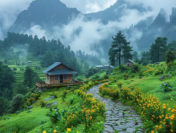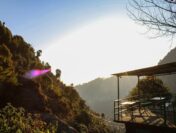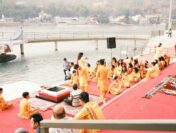Ajanta and Ellora Caves are a treasure-trove of history and art. It is a complex of 64 rock-cut caves near the city of Aurangabad in Maharashtra. Finding a place on the UNESCO World Heritage Site List, these caves are also on the bucket list of many. If you, too, wish to explore these magnificent remnants of Indian history and culture, then you are on the right page. Here, we bring you all the things you need to know about this site. Perhaps those who werenât planning a trip will be compelled to consider one after reading this blog. Without any further ado, letâs begin.
Things to Know about Ajanta and Elora Caves
About Ajanta and Ellora Caves monument
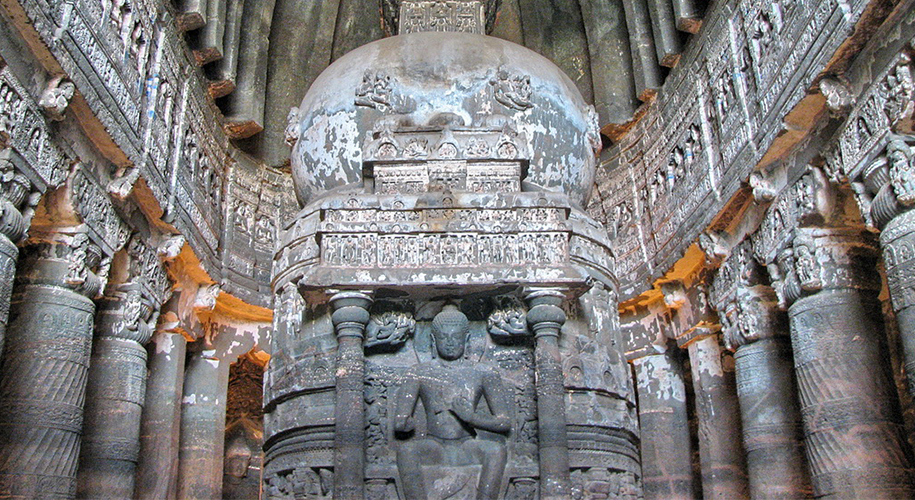
Ellora and Ajanta caves built by Krishna I are two complexes of caves located near Aurangabad, about 100 km from each other. Ajanta Caves temples consist of viharas and Buddhist monasteries carved in the shape of a horse-shoe. Whereas Ellora Caves are scattered randomly and consist of Hindu, Buddhist and Jain religious centres, offering an insight into the religious harmony that prevailed even in the bygone era. Both of these complexes were inscribed into the UNESCO World Heritage Site list in 1983. The walls are adorned with Ajanta caves painting.
History of Ajanta and Ellora Caves
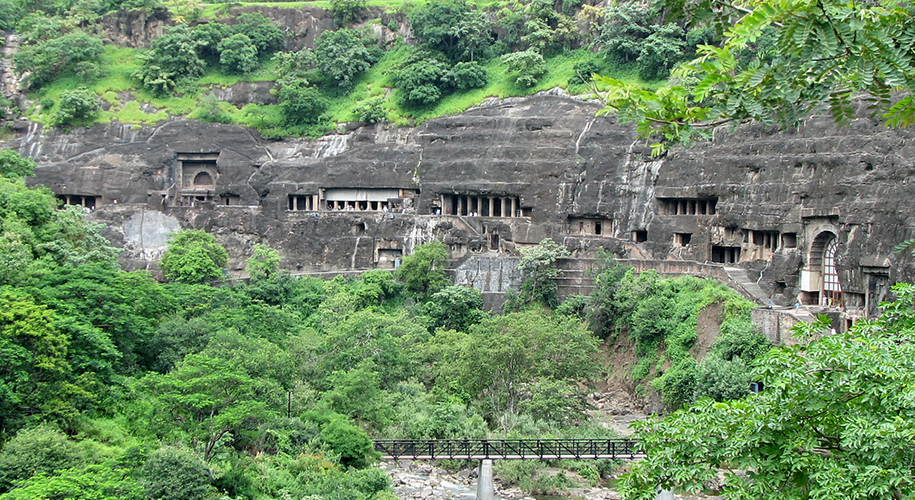
Ajanta Caves are found to have been built between 200 BC and 680 AD. However, Ellora Caves are quite younger as these were worked on from the 5th century to the 10th century. While some of the Ajanta Caves were not completed, others were only started, but the work was abandoned soon after. After the abandonment, the complex was entirely covered by thick forest before it was rediscovered by a British officer in 1819. Whereas, Ellora Caves, being closer to the city of Aurangabad, have always been quite popular and frequented by people from near and far.
The Ajanta Caves are 29 in number, while the Ellora Caves are 34 in number. These caves are situated approximately 99 km from the city of Aurangabad. The most famous site in the entire of Ajanta and Ellora is the magnificent Kailash Temple, the one and only most massive monolithic structure in the world. The rock-cut carvings of this temple are an excellent example of ancient Indian architecture.
Best time to visit Ajanta and Ellora Caves
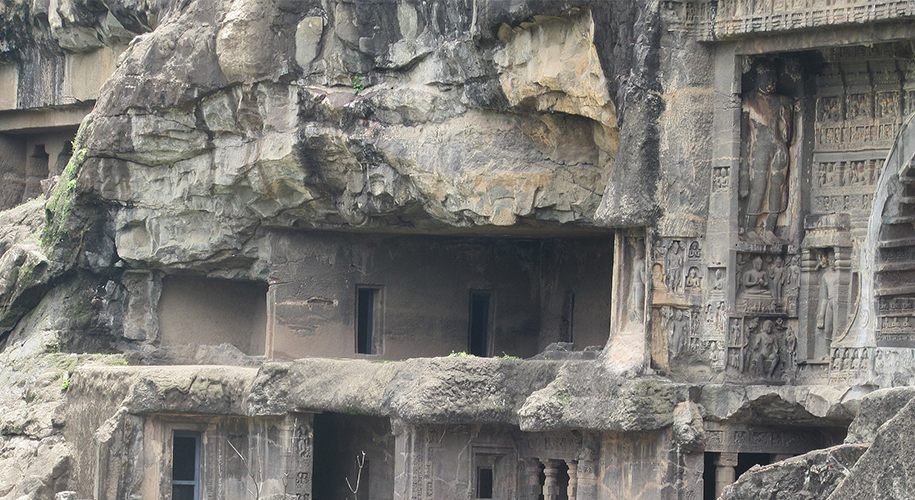
The summer season can be a little too hot in the region. Thus, the best time to book cheap flight tickets and fly over to explore Ajanta and Ellora Caves is from July to March. While the monsoon rain in July, August and September adds to the delight of travellers exploring the caves, the soothing, chilly wind of the winter season also makes a trip to Ajanta and Ellora caves fun.
Top Attractions of Ajanta Ellora Caves
Ajanta Caves
The Ajanta Caves are a collection of 30 rock-cut caves that house some of India’s best sculptures. You can also see some beautiful Ajanta Caves images here. Cave 1, Cave 2, Cave 4, and Cave 17 are all worth seeing while visiting this archaeological marvel.
Ellora Caves
Given the near proximity of their respective institutions, it is clear that there was once peace amongst Hindus, Buddhists, and Jains. Ellora Caves is made up of 34 caves, each with its own specialisation. If you only have a limited amount of time, make it a point to explore Caves 1, 2, and 16.
Ajanta and Ellora Caves Timings and Entry Fee
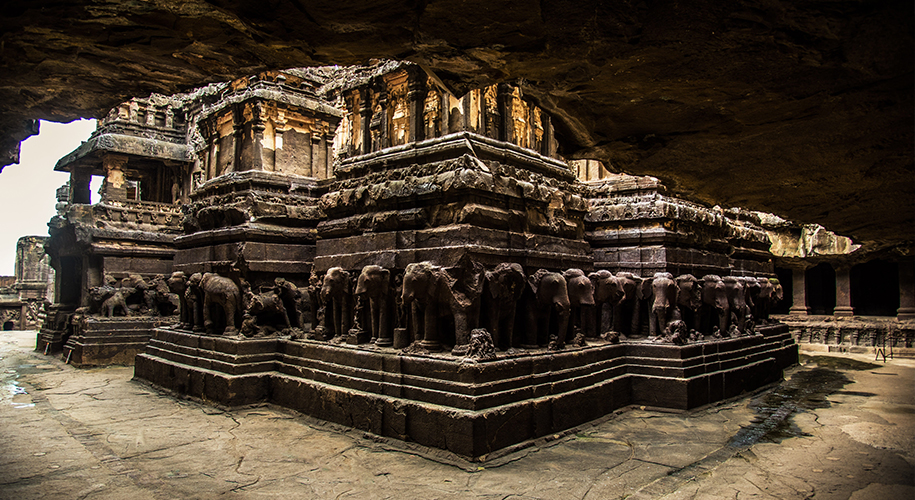
Ajanta Caves Timings: 9 am to 9:30 pm (Mondays closed)
Ajanta Caves Entry Fee: Rs. 40 per adult (Indian) & Rs.600 per adult (Foreigner)
Rs. 25 additional for photography
No entry fee for children below 15 years of age
Ellora Caves Timings: Sunrise to Sunset
Ajanta Caves Entry Fee: Rs.40 per adult (Indian) & Rs.600 per adult (Foreigner)
Rs. 25 additional for photography
In case you are a history buff or simply enjoy visiting intriguing monuments, you must plan a trip to Aurangabad and behold these magnificent caves. Book your flight ticket and hotel room on HappyEasyGo for the biggest discounts.
Check out hill stations near Mumbai.
